A Complete Guide on How to Repair Patchy Grass

Fixing a spotty lawn is typically a DIY job, though a lawn care service can level up the lushness factor of your lawn, too. Sometimes it’s just a matter of throwing down seeds, watering, and letting nature take its course. Other times, a little more elbow grease is needed.
No matter the case, our guide will help you decide how to repair patchy grass so the whole lawn doesn’t turn to weed.
Photo via Moana
Why Your Grass Is Patchy
Much of the time, you’re aware of why you have bare spots in your lawn. Other times, when you don’t have a clue, it helps to know the cause so you can fix that first. Here are the main reasons why you have patchy lawn repair on your already-long yard to-do list:
- The lawn is overfertilized.
- Grubs are having a feast.
- Disease is ravaging the grass.
- The grass is under too much shade.
- Your dog likes to dig.
- You have salt burn from road or sidewalk runoff.
- There was an accidental chemical spill that burned out the grass.
- The grass is in competition for moisture from weeds or other plants.
- Dogs or other animals are marking their territories with urine.
- It’s a high-traffic area where kids play or there are steps and paths nearby.
- The soil is compacted where the patch is located, which robs the grass roots of oxygen.
If you are stumped as to the root of the problem (no pun intended) You may want to call in a lawn expert for a diagnosis on why you have bare spots. There may be a disease causing it or you may be unaware that you have the wrong grass growing in your yard.
How to Repair Patchy Grass with Seed
Small patches of patchy grass can be easily fixed, but you will need to know the right type of grass seed you need and the willingness to keep the area watered well. Depending on the size of the patch, you can probably broadcast the seed by hand.
It’s best to fix and grow new grass with seed in the cooler and moist seasons of spring or fall.
How to Identify the Type of Seed You Need
Tools and Materials Needed:
- Spade or garden knife
- Wheelbarrow
- Shovel
- Aerator (optional)
- Rake
- Grass seed
- Broadcast spreader (optional, for large patches or mini for smaller patches)
- Topsoil
- Straw (optional)
- Sprinkler/watering hose
Step 1: Cut the Dead Area
Using a spade or garden knife (depending on the size of the patch), cut around the dead patch of grass. You will remove the top layer of grass and toss it in a wheelbarrow.
You may find grubs under the patch, and now’s the time to fix the problem before adding seed. Aeration is the key. You know you have a grub problem if the grass lifts up easily (grubs eat the roots) and the patch of grass is a wilted yellowy look (root damage), according to the Clemson University Cooperative Extension Service.
Step 2: Remove the Soil
Use a shovel to remove an inch or so of the soil that was under the patch. Toss the dirt in the wheelbarrow. You can skip this step and head to the next one if you think the soil is in good shape.
Step 3: Aerate
Use an aerating tool (rent a heavy-duty one at a local hardware or home improvement store) to aerate the soil underneath the soil that you removed. Or, if the patch is small enough, you can do the job with lawn foot aerator shoes. Throw out large clumps of grass or rocks you loosen.
Step 4: Rake
Flatten the area of the patch loosely with a rake so the grass can grow level.
Step 5: Add Seed
There are a couple of ways to add seed to the patch. Either broadcast the seed using a broadcaster or spread it out by hand. To spread it by hand, toss the seed onto the ground. Do it in two passes at opposing angles so the seeds criss-cross each other in the dirt. You can also mix the seed in with the topsoil and eliminate the next step.
Step 6: Cover With Topsoil
Add an inch or so of topsoil over the seed to discourage birds and other critters from eating the seeds. Cover it so that the patch is flush with the surrounding grass. You can add another layer of protection by adding a layer of straw to the area.
Step 7: Water
Lightly water the spot twice a day until the seeds have taken root, which should take anywhere from 10 days to three weeks. Water three times a day in hot weather or dry conditions. Don’t drench the area, but give it a good drink.
Photo via C & S Creations
How to Repair Patchy Grass with Sod
It’s tempting to use a roll of sod to fix patches, especially if the bare patches in your lawn are pretty big. Repairing patchy grass with sod may be more expensive to do, but it offers instant results. You still need to properly care for the sod so it doesn’t die out. If you have a few smaller patches you can cut custom sizes from one roll of sod.
You can patch grass with sod any time during the spring, summer, or fall.
Tools and Materials Needed:
- Spade or garden knife
- Wheelbarrow
- Shovel
- Aerator (optional)
- Rake
- Sod
- Sprinkler/watering hose
Step 1: Cut the Dead Area
Using a spade or garden knife (depending on the size of the patch), cut around the dead patch of grass. You will remove the top layer of grass and toss it in a wheelbarrow.
Step 2: Remove the Soil
Use a shovel to remove the soil that was under the patch. Toss the dirt in the wheelbarrow. You can skip this step and head to the next one if you think the soil is in good shape.
Step 3: Aerate
Use an aerating tool (rent a heavy-duty one at a local hardware or home improvement store) to aerate the soil underneath the soil that you removed. Throw out any large clumps of grass or rocks you loosen.
Step 4: Rake
Flatten the area of the patch loosely with a rake so the grass can grow level.
Step 5: Cut the Sod
Use a garden knife to cut a piece of sod the same size and shape as the patch but add about two inches on each side of the sod to make sure it weaves in somewhat seamlessly with the rest of the grass.
Step 6: Lay the Patch
Press the patch in the space and walk on it to settle it down into the space. Make sure it is flush with the rest of the grass.
Step 7: Water Immediately
Water the sod patch immediately so it doesn’t dry out. Continue to water once or twice (preferably) a day for two weeks. Give the sod at least an inch of water each time. Do not skip a day or the sod will dry out and yellow.
Step 8: Reduce Watering
After two weeks, reduce the watering schedule. Taper down the watering so the roots are not drowning. Begin to water once a day, then after a week of that, begin to water every other day for a week. Then taper down every week until you are watering the sod only one time a week. Continue that once-weekly schedule for a few months.
Color Variations
How to Care for Lawn After Repairs
After you’ve repaired your lawn’s patchy grass, you’re sure to take the steps necessary to avoid any more bare spots in your yard. Here are the best care tips for your new grass:
- When the grass from the seed grows to about 1 or 2 inches tall, begin to cut back to watering once a day.
- Make sure you give the area 1 to 2 inches of water to reach the roots.
- Mow the grass when it reaches about 3 inches tall.
- Try to redirect or fix the problem that caused the patch: discourage grubs with grub control products, deter pets from further damaging the lawn, and redirect high traffic and other obstacles from the area.
Have you been able to fix your faded, dry, and patchy grass and return it to its rightful lush carpet of greenery? Let us know what you did!



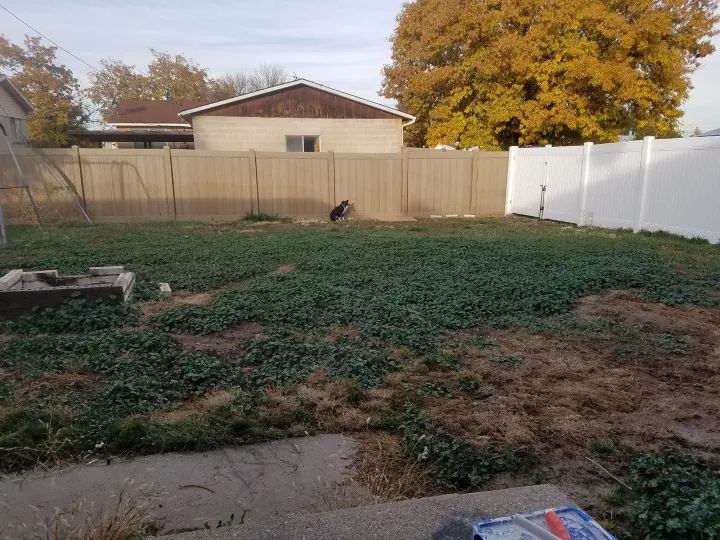

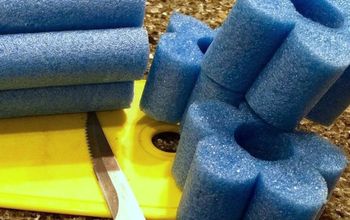
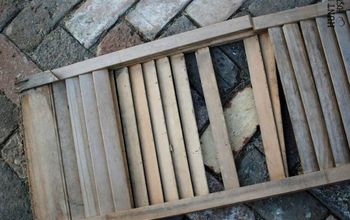
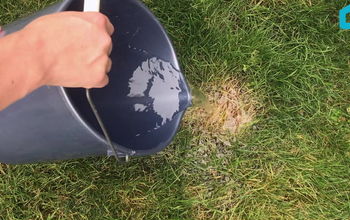
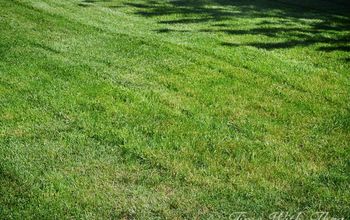
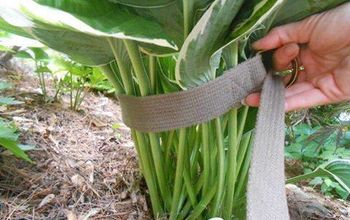




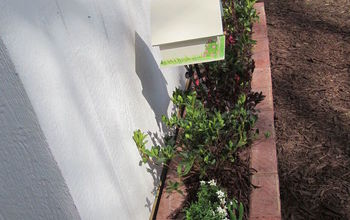
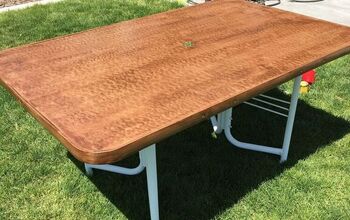



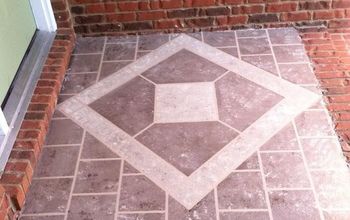
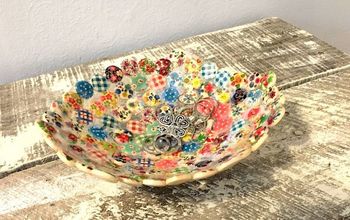


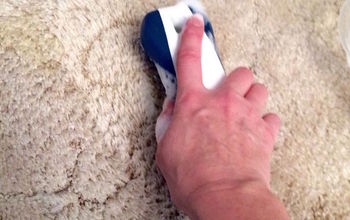

Frequently asked questions
Have a question about this project?
I’m willing to try anything to help. What can I do to be a productive part of reaching this group goal?????